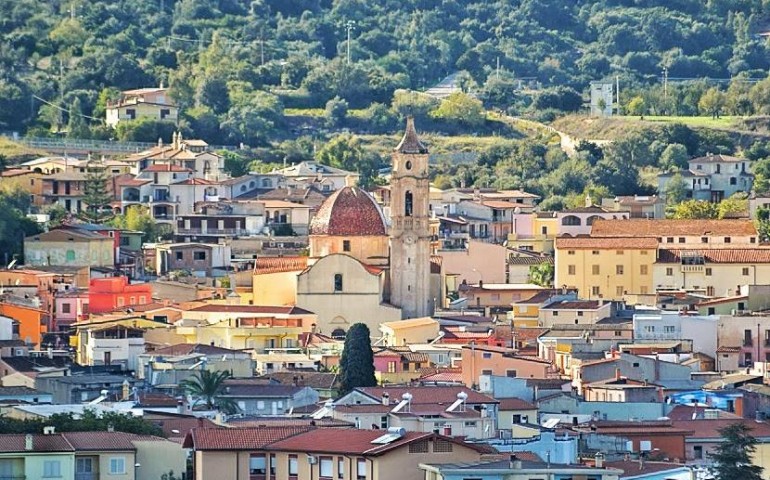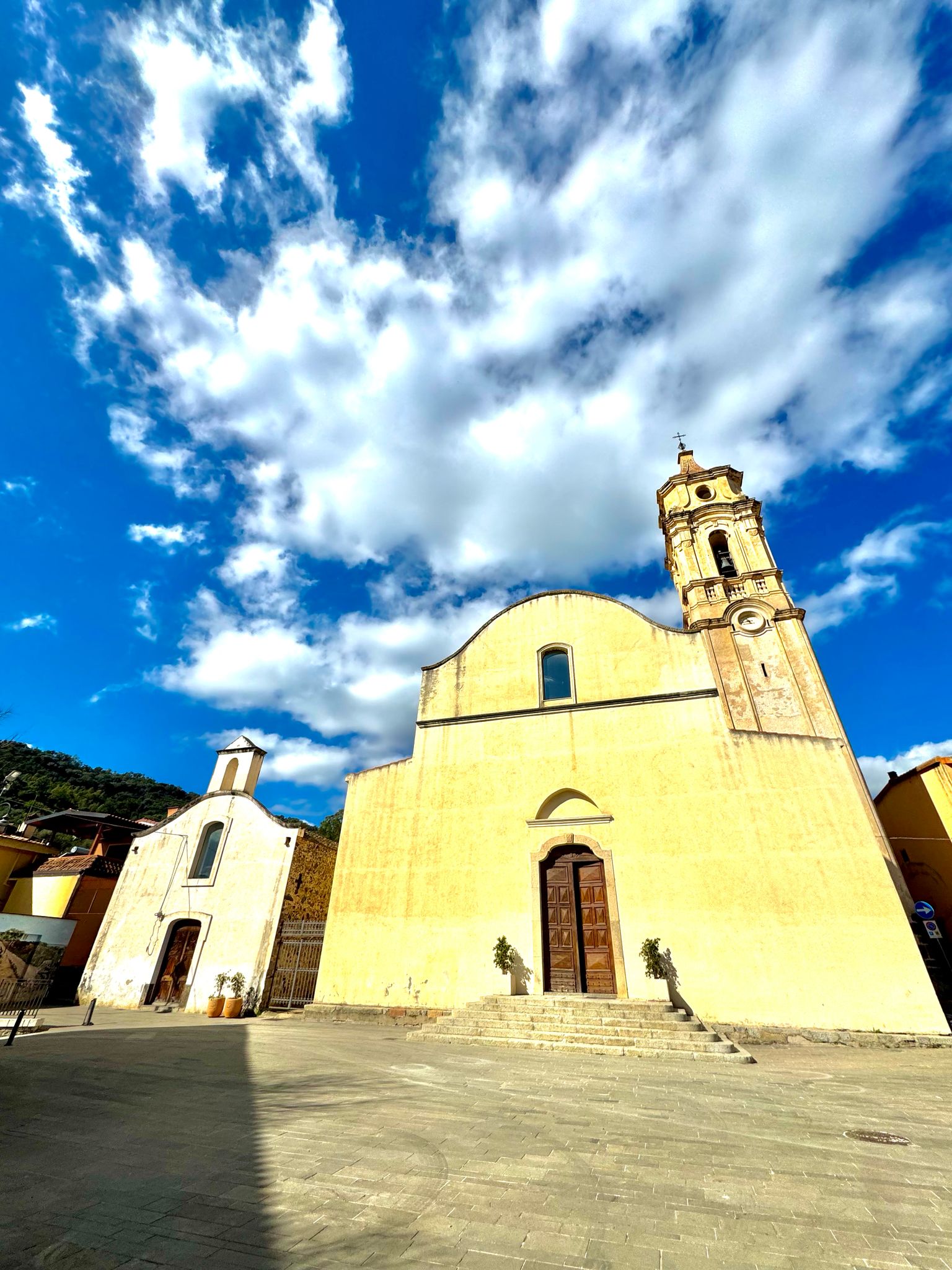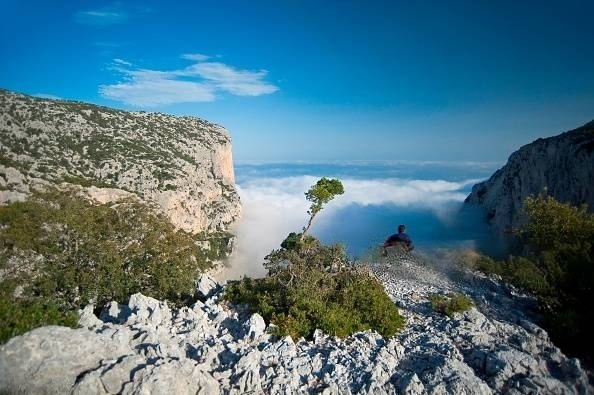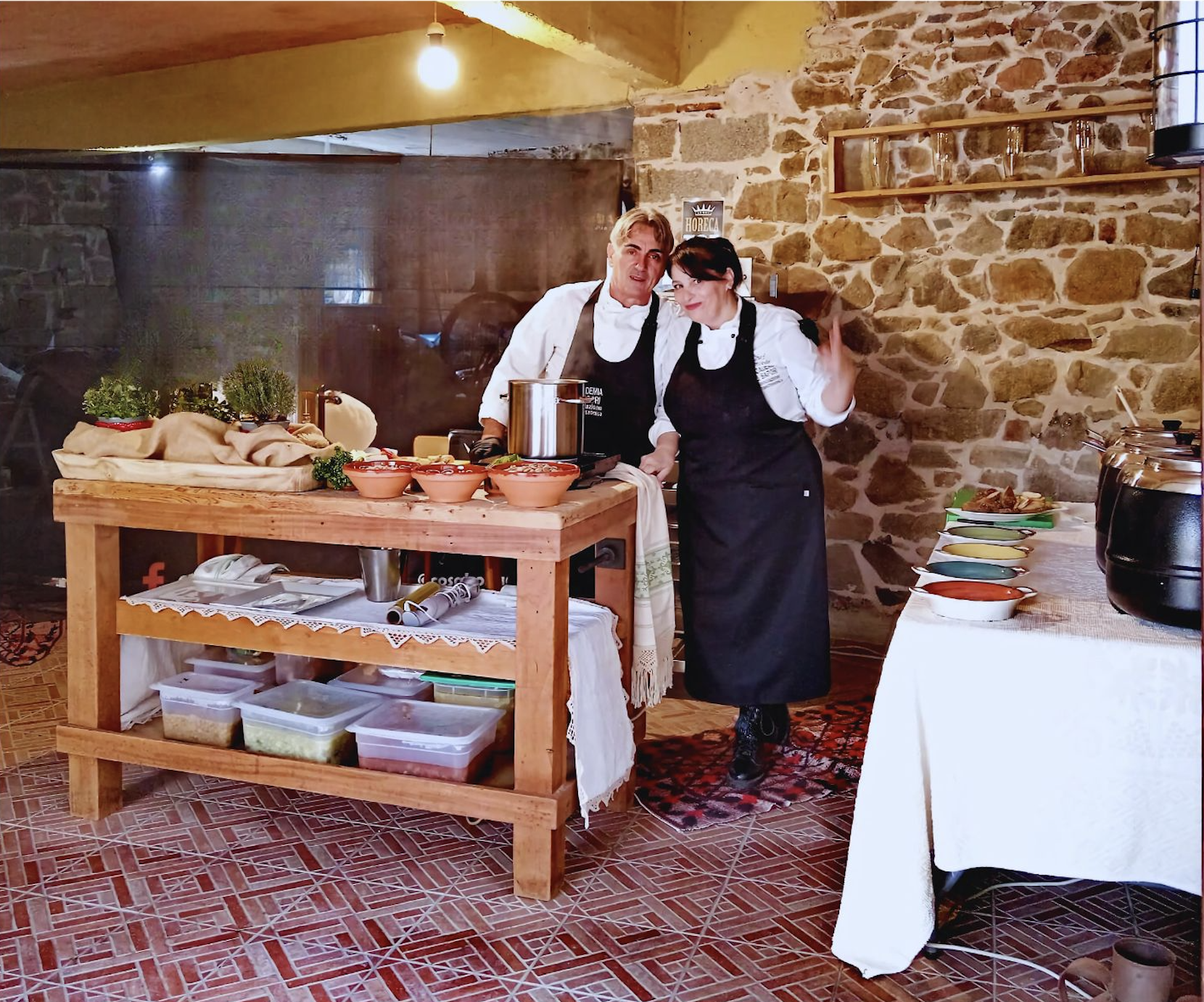Barisardo: A Journey Through History, from Origins to the Present
Barisardo: A Journey Through History, from Origins to the Present
The oldest evidence of human presence in the Barisardo area dates back, for now, to the Neo-Eneolithic (menhirs; domus de janas). However, the Nuragic period (1500-500 BC) left a more significant mark, with the presence of fourteen nuraghi of various types and traces of the "tombs of the giants," collective burials characteristic of this civilization.
From Origins to the Roman Era
12th-century sources place the Roman garrison of "Custodia Rubriensis" in this area, along the ancient Orientale Sarda, on the border with Cardedu, considered the most important center of Ogliastra. With the advent of Christianity, numerous villages arose around rural churches. Subsequent Vandal and Saracen incursions led to the birth of the village of Bari (from the Mesopotamian term "marsh"), located four kilometers from the coast.
Middle Ages and Modern Age
The toponym "Bari" appears for the first time in two documents: one from the 12th century, relating to the cultivation of cereals, and one from 1316, concerning the tributes paid by the Barisardese to the Pisans. In 1479, the territory passed under Spanish rule. By order of Philip II, a watchtower was built to defend the coast from Barbary incursions. The period of Savoy domination (from 1715 onwards) was marked by difficulties, including misgovernment, high taxes, and malaria. In 1800, Barisardo, together with Tortolì and Lanusei, aspired to become the diocesan seat of Ogliastra, testifying to its importance. With the birth of the Kingdom of Italy, the attribute "Sardo" was added to the name "Barì" to distinguish it from the Apulian city.
Pre-Nuragic Testimonies
The oldest testimonies of human presence in Barisardo date back to the Neo-Eneolithic. Despite the lack of remains of dwellings, due to the perishable materials used, it is certain that the pre-Nuragic populations practiced the cult of the dead and of the deities. The domus de janas of Pirarba, Funtana su Rettore, Ibba Manna, Gibìe Scorca, and Pizz'e Monti are examples of collective tombs carved into the rock, used for the burial of important people with their funerary artifacts. The menhirs of Lurcuri, granite blocks up to nine meters high, testify to ancient places of worship linked to the Mother Goddess or male fertility.
The Nuragic Civilization
The Nuragic civilization left important traces in Barisardo, with fourteen archaeological complexes consisting of nuraghi and villages. The nuraghi, megalithic constructions in the shape of a truncated cone, served as fortresses and lookout points. The tombs of the giants of Bilixedu and Fragori, collective burials with large vertical boulders, testify to the evolution of funerary practices.
Roman Era
The Roman era is evidenced by lithic and ceramic finds discovered in the nuraghi and by the remains of the Orientale Sarda, the road that connected Barisardo to "Solki." The road skirted the Teccu plateau up to Ibba Manna, then continuing towards the current historic center. The Roman garrison of "Custodia Rubriensis," mentioned by the Anonymous of Ravenna, was an important center of Ogliastra.








